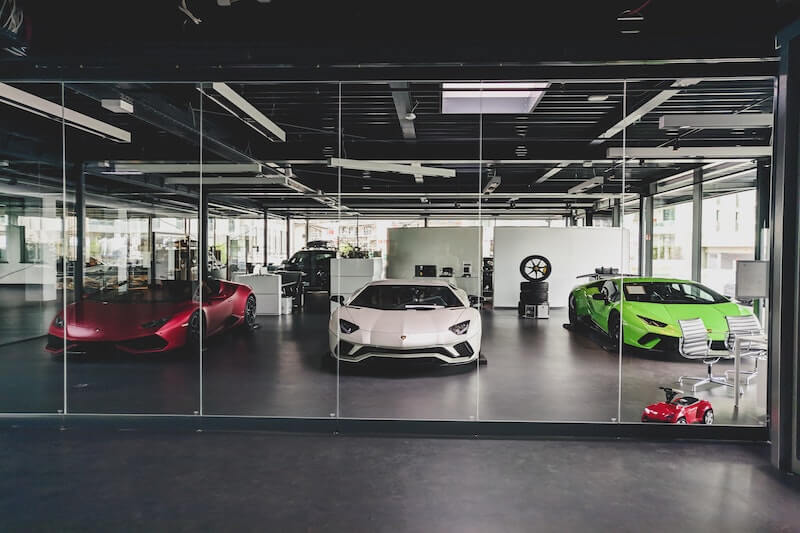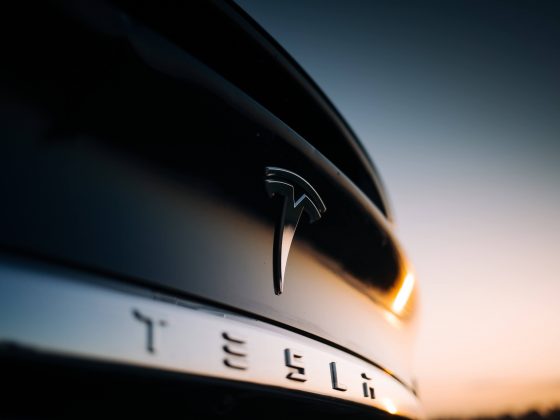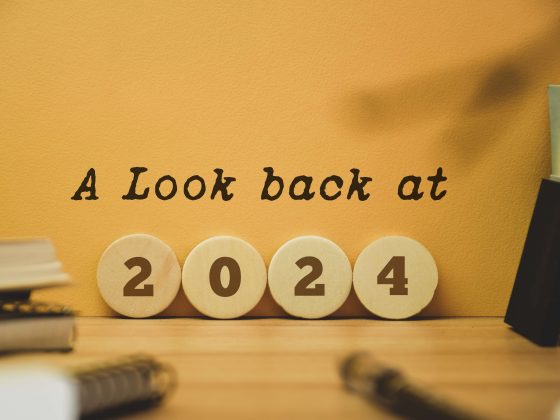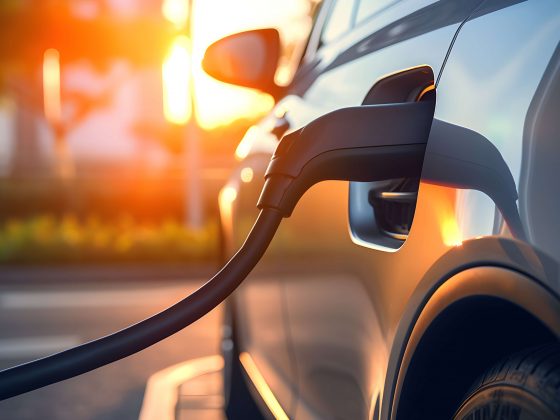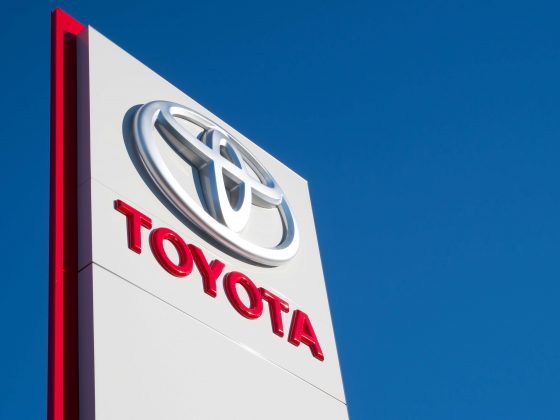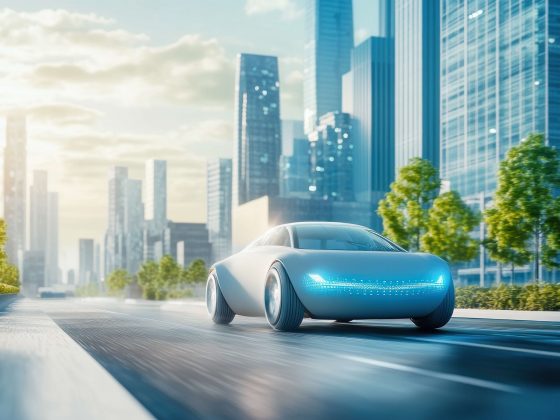Unlike many assets you own, a vehicle doesn’t grow in value over time. It doesn’t even hold its value. When you purchase a home, you, for the most part, know that its value will grow in the long term and you can profit. It’s an investment. The same thing goes for art or even a business you’ve grown and sold for profit. But a car starts to lose value the moment you drive it off the lot.
Use eTags© to Quickly Complete Your DMV Service. Renewals, Title Transfers and More, All Online!
And it’s every vehicle; from convertibles to SUVs to pickup trucks and sedans. We’re not talking about antique cars or vintage vehicles with special designation; those tend to turn a profit for the seller. According to Carfax, these days the value of a new car depreciate by more than 20% after just one year of ownership. For the next four years after that, a car is expected to depreciate by about 10% of its value every year. Black Book says that as a rule of thumb, a vehicle loses about 60% of its value.

Car depreciation is virtually the biggest cost to car ownership accounting for a tad more than a third of the average annual cost. Luxury vehicles count for the top 9 of the top 10 list for cars that depreciate most after three years. They depreciate 1.5 times as much as the average vehicle. Certain factors can impact depreciation such as massive recalls or a new remake hitting the market. Ratings, roads tests, and poor marks on specifics like performance or reliability can also quicken depreciation.
So how can you reduce or manage car depreciation?
Buying a used vehicle will allow you to avoid the first hit of depreciation that you’d get from purchasing a new car. Look to buy models that are at least one year old.
Research the resale value of the car you have in mind. Sometimes, specific models don’t follow the typical path of car depreciation. There are exceptions in the market, you just have to do the legwork. The Kelly Blue Book can help.
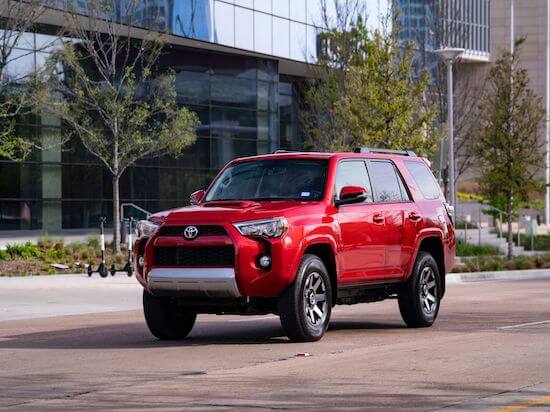
Remember, you can always go for a leased vehicle and not purchase. At the end of the lease, you won’t be bothered with selling your car. Just return it to the dealership and pick your next model. You can also choose to then purchase that leased vehicle. If the price is right, that can be an option and path to car ownership.
If you choose to buy, know that a car will depreciate faster if you have any customization on it. It also makes it harder to sell since your customization is unique to you, not potential buyers.
Make sure you maintain your vehicle regularly. Tire rotation, oil change, and so on. The better shape your car is in, the more it will keep its value. Keep all records of service visits and receipts. Once you’re ready to sell, these records will prove to potential buyers that you’re responsible and vehicle is safe.
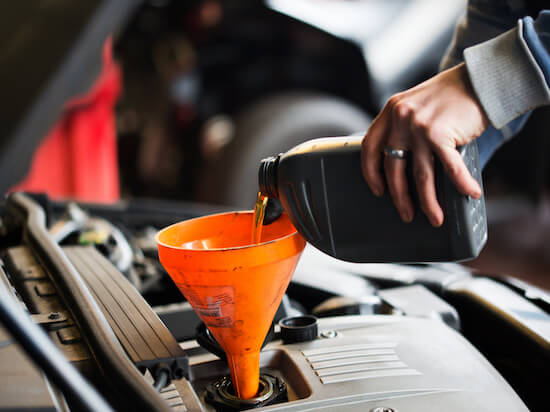
If you don’t feel handling the sale of your vehicle, you can always try to trade it in at a dealership. But you’ll probably get less money for it than selling to a private buyer, since the dealership will have to resell. To cover some of the money you’d lose through depreciation, selling the car yourself is a great idea.
If you’re looking for a vehicle with the least depreciation, think BMW M2. It depreciated by about 25.1% since 2016. The Subaru Crosstreck is right behind since it depreciated by 25.2%. The Toyota 4Runner also by 25.2%. And the Honda Fit, by 25.4%.
